FREE Shipping on Orders over $89 with Account – Create One Today!
- (844)-859-9400
- Get Help
Showing 1–16 of 38 results
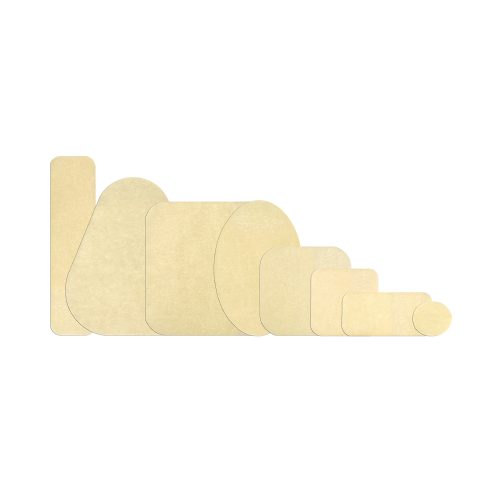
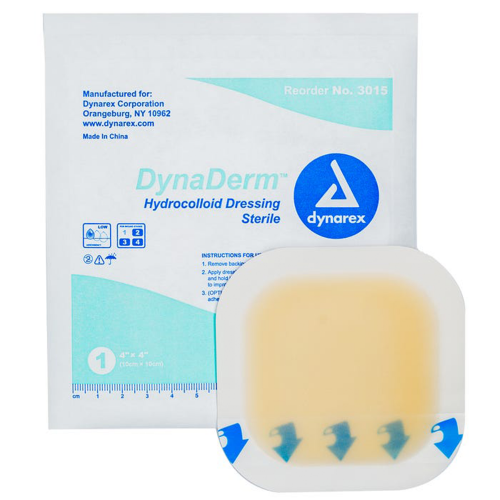
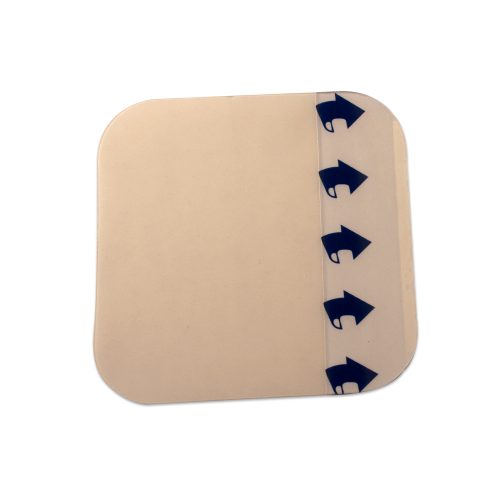

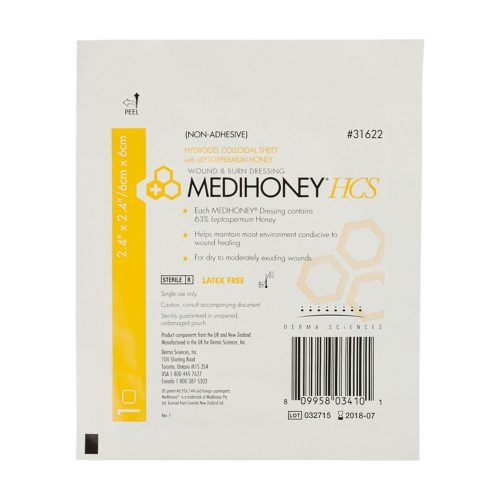
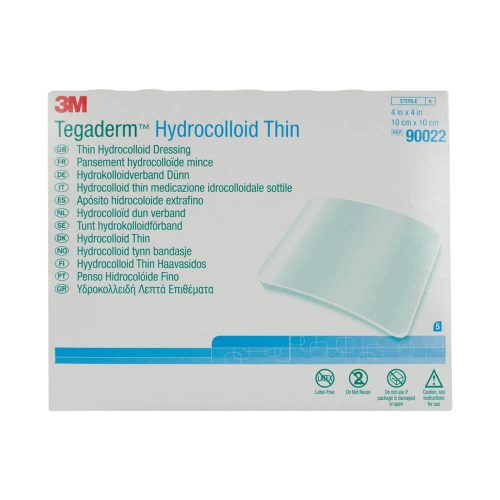
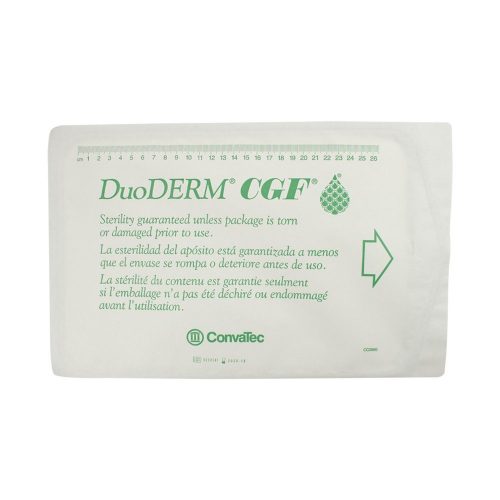
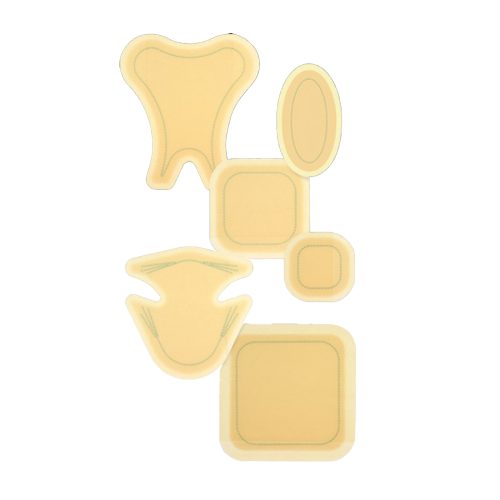
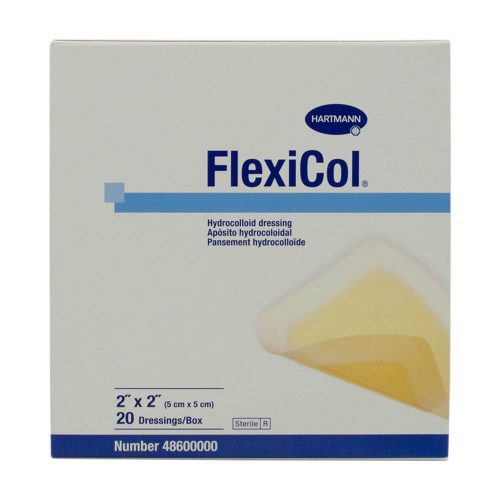
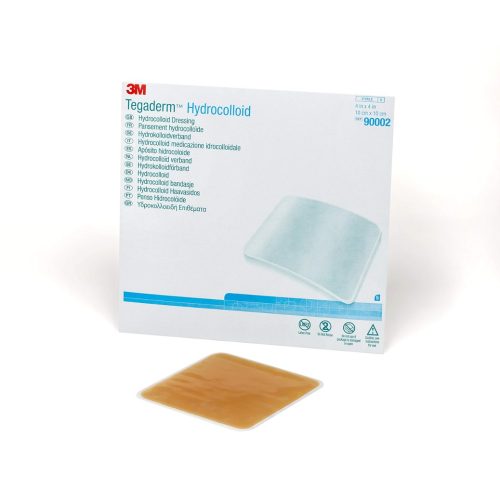
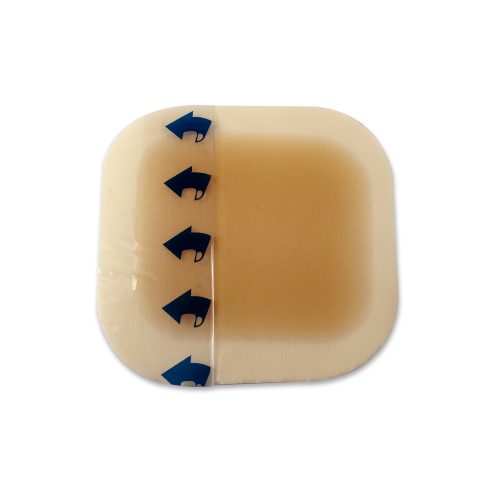
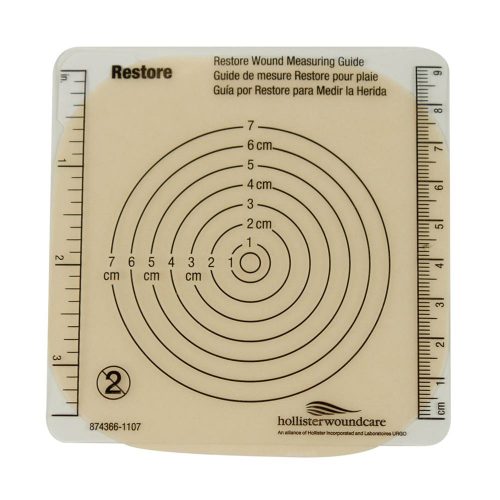
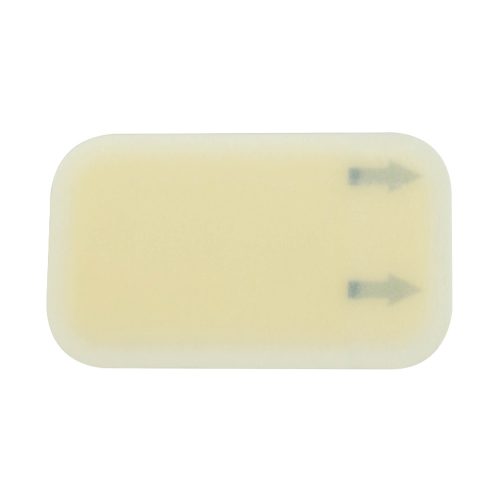
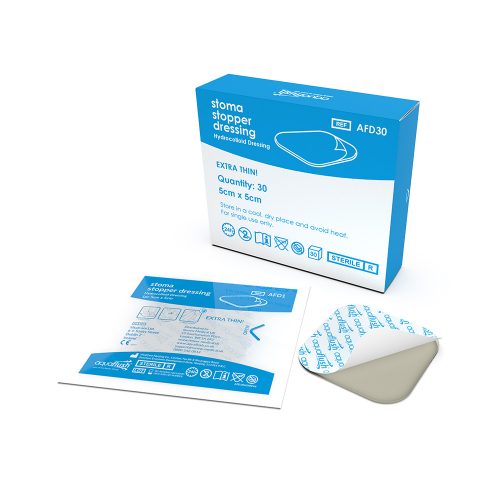
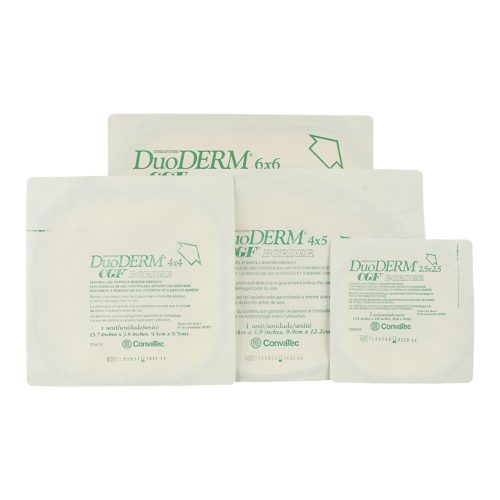
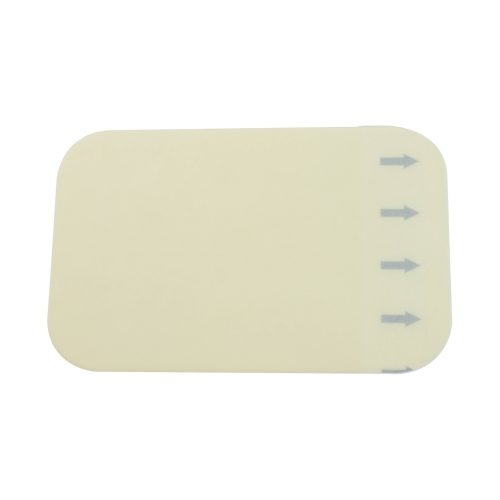
The goal of wound care is to create a moist environment that helps the area heal, reduces infection and allows new tissue to form. Hydrocolloid dressings do this by taking a gel consistency once in contact with blood or bodily fluid. The material — either a film, foam or a honey bandage — becomes softer and more conformable, allowing it to be shaped to the wound and shielding it from outside substances. The dressing remains in place until saturated or ready for removal.
In bandage, patch or film form, hydrocolloid dressings feature a flexible two-part design. The inner layer draws in and holds onto exudate. The exterior blocks out moisture, bacteria and other debris from entering and irritating or infecting the wound, thus stalling the healing process. The backing will be semi-permeable, allowing some air to pass through, or non-permeable, or fully waterproof.
Within this design, hydrocolloid dressings use gelatin or another protein or sodium carboxymethyl cellulose (CMC) to provide its unique, soluble properties. Once applied, the dressing harnesses the body’s enzymes to encourage healing.
For healing wounds, hydrocolloid dressings:
With or without an adhesive border, hydrocolloid dressings are ideal for no- to medium-exudate, uninfected wounds, including: